Public charging companies are starting to fix troubling problems with reliability, according to a new J.D. Power study — but EV owners find they fail nearly one in every five times they plug in. The study also found that public chargers remain in short supply, especially as the number of battery-electric vehicles on the U.S. roads continues to grow.
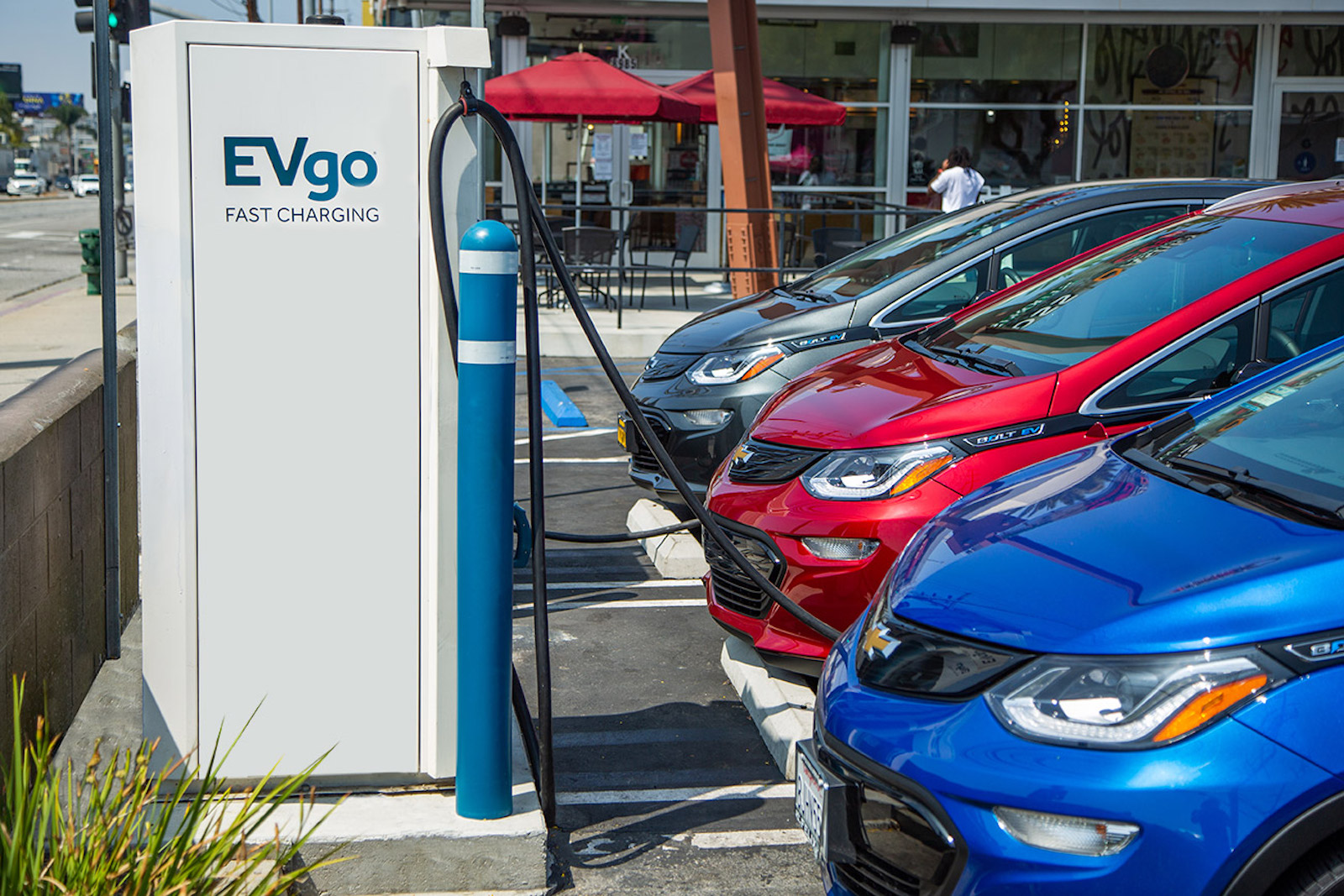
Sales electric vehicles have slowed during the past year and charger anxiety is one of the top reasons people are shying away from buying an EV.
“Charger anxiety” has become a critical obstacle to more widespread adoption of battery-electric vehicles, according to industry experts. But a new J.D. Power study suggests there’s still a lot of work to be done before EV owners — and potential buyers — can feel confident that they’ll not only find a place to plug in but can be confident the charger will work.
How to interpret Power’s latest data might depend upon whether you’re an optimist or pessimist. The research firm found that when EV owners plugged into public chargers during the fourth quarter of 2023 18% of those charging attempts failed. But that was three percentage-points better than during the first nine months of the year.
Charging companies struggle to get it right
Since the first mass market EVs began to roll out in late 2010, the lack of a readily available public charging network has been seen as an obstacle to adoption.
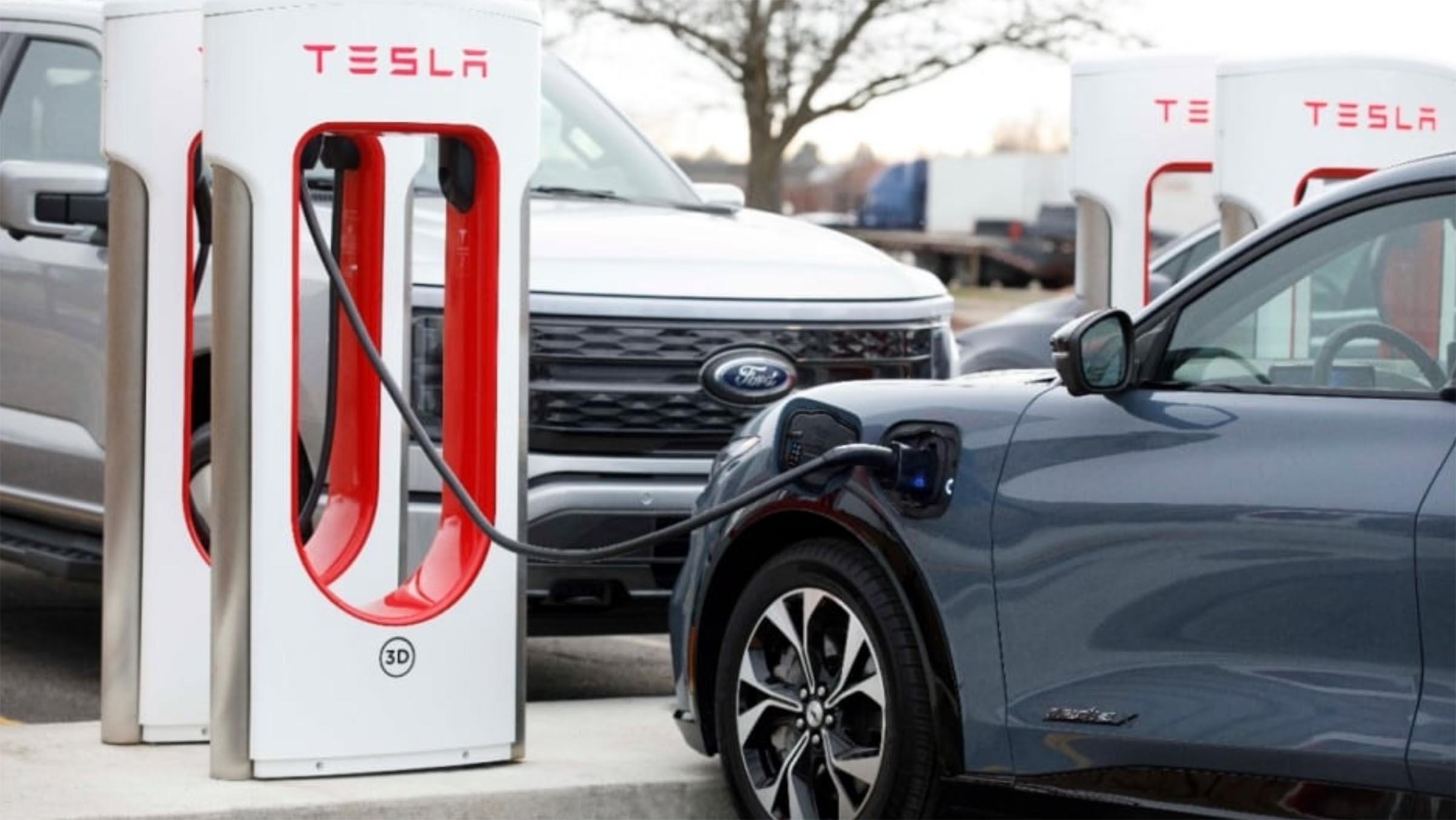
Ensuring its EVs had reliable, available charging options is one reason Ford signed a deal with Tesla allowing its EVs to plug into Superchargers.
The reality is that more than 80% of charging “sessions” still take place at home or office, based on industry data. But, as EVs go more mainstream, motorists expect to be able to use them the same way they use conventional, gas and diesel-powered vehicles.
Those who live in apartments and other dwellings where they can’t install chargers need places to plug in. And motorists want to know they can charge up during vacation travel and other long trips.
The problem is twofold. First, there’s a lack of public chargers. Second, too many of them are broken at any given time.
More EV Charging News
- Biden Administration Plows $773M into EV Charging Projects
- Public Charging Problems Key to Slowing Growth of EV Sales
- New Tesla Supercharger Rival Ionna Opens Up; Backed By Seven Major Automakers
Lack of availability
The Biden administration has called for the installation of 500,000 public EV chargers across the U.S. by 2030. There’s roughly 20% of that figure today, though the installation rate is growing rapidly. Last year, the number of DC fast-chargers rose by 31%, the U.D. Department of Energy reported. That’s good news for travelers who want to stop for as little time as possible — sessions typically lasting anywhere from 15 minutes to more than an hour.

Demand for EV charging stations is strong, but plenty of companies are working to try to catch up to demand.
By comparison, the number of Level 2 chargers rose by a more modest 13%. These 240-volt systems typically require eight hours or more to fully charge up a drained battery and are often found at hotels and other places where motorists might be spending the night. But there’s also demand for the slower chargers at locations such as shopping centers where EV owners can “opportunity charge” to pick up a little bit extra range while running errands.
The lack of Quick chargers and Level 2 chargers is now causing backups at some locations, Power officials noted. There have been widespread anecdotal reports of EV owners having to wait an hour or more at some locations to get their turn at a charger. That’s been the case even at some Tesla Supercharger stations, according to reports.
Broken chargers
The lack of chargers has been complicated by the fact that so many are broken at any given time. The new Power study gives reason to hope that companies like EVgo, ChargePoint and Electrify America are addressing the issue.
The exact number of failures is a matter of debate. A recent study by McKinsey estimated as much as 30% of charging sessions fail for various reasons. The new Power report said that was down to 18% during the final three months of 2023. That’s still too much, experts contend.
Charging companies have promised to make the problem a top priority. When Ionna, the new public charging company run by seven major carmakers, was announced last July, the partners said reliability will be as important as the goal of eventually rolling out 30,000 chargers.
Under pressure
Charging companies and auto manufacturers alike are under increasing pressure to get the problem fixed as soon as possible.
While sales growth has slowed in recent months, demand for EVs has grown over 800% since 2019 and more than 1 million were delivered in the U.S. last year — a first. The primary challenge will be to ensure the number of places to plug in grows at an even faster rate. But it also will be critical that reliability starts to approach the same high level seen with today’s gas pumps.

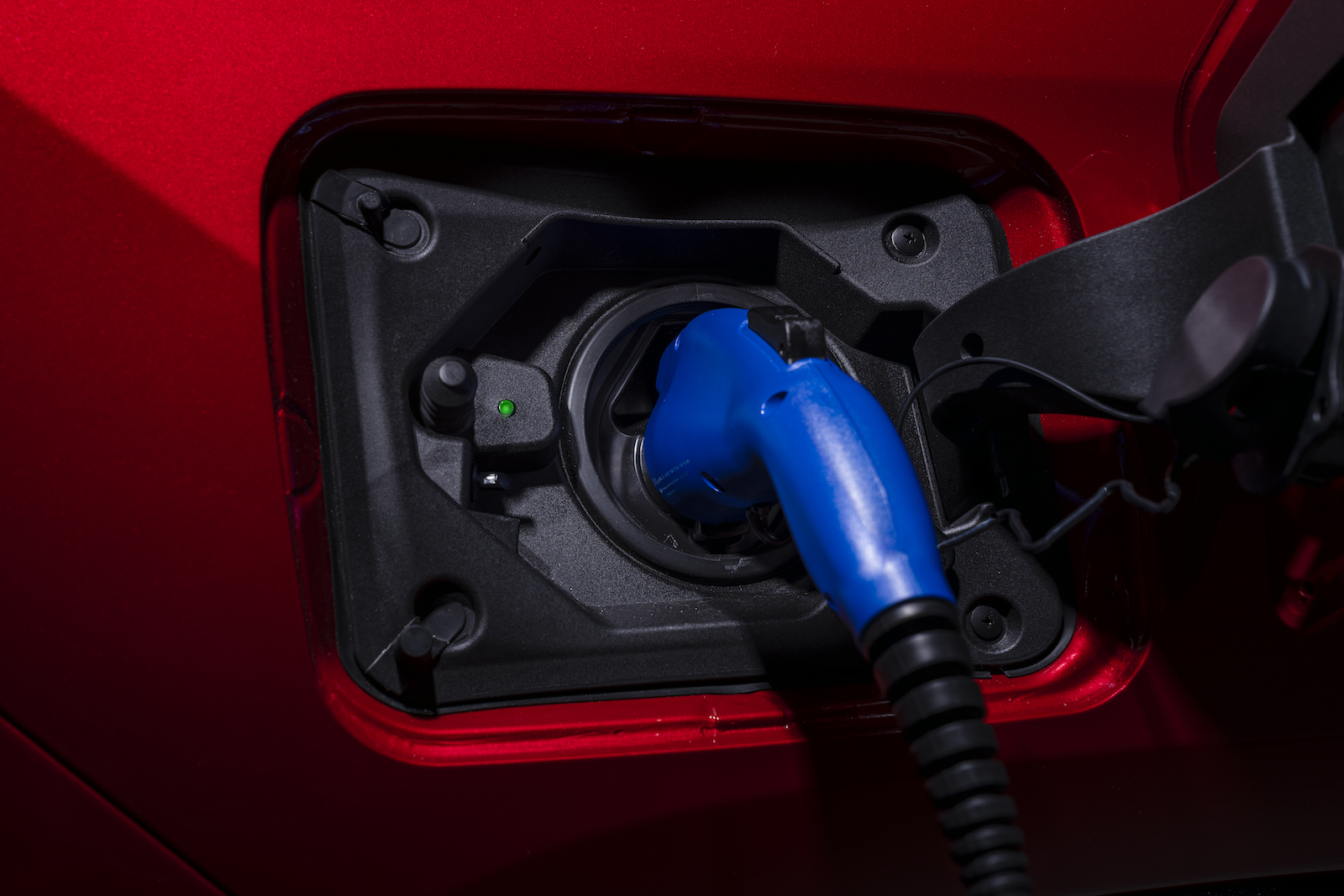
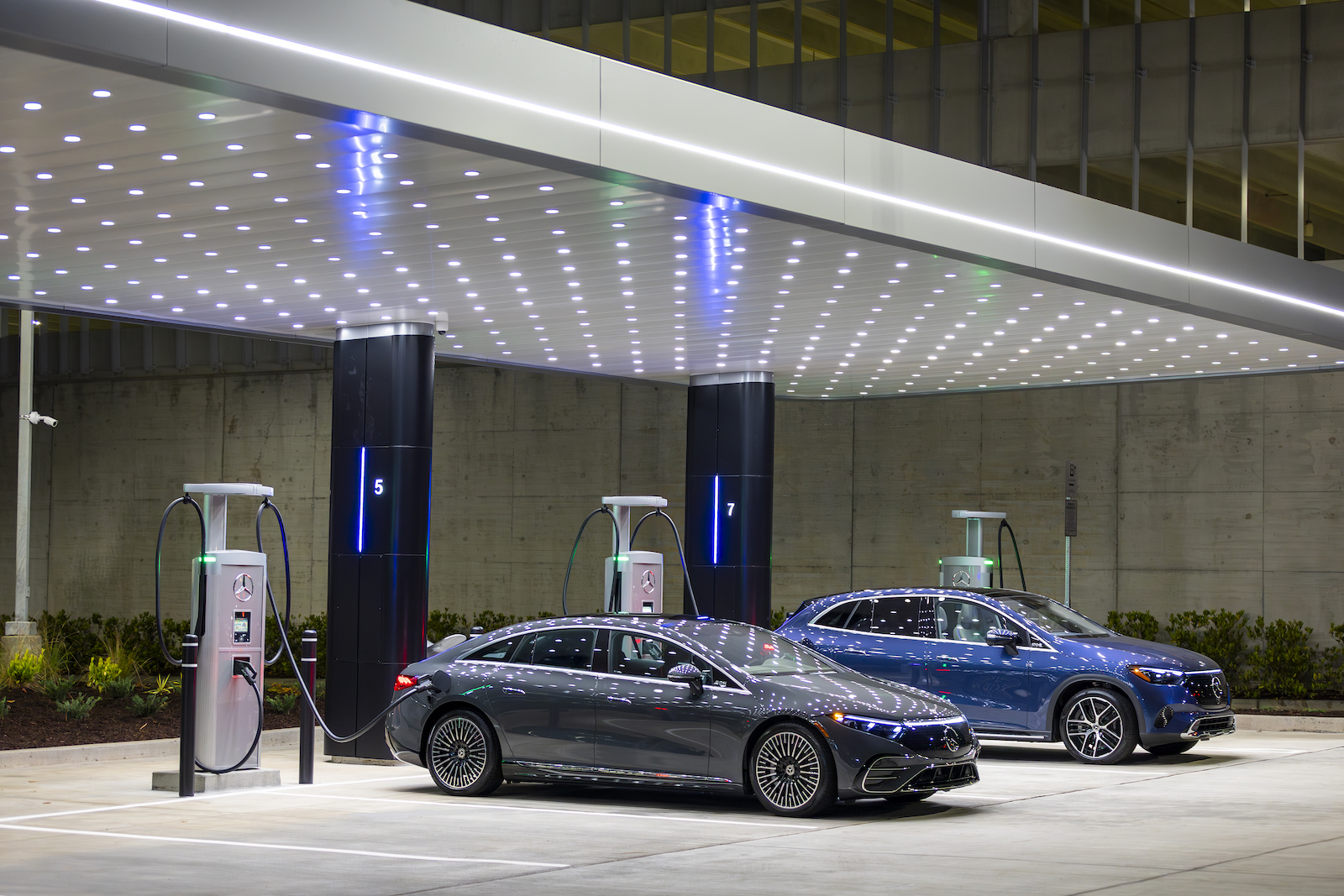
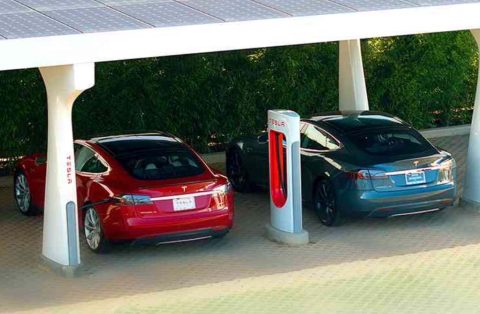

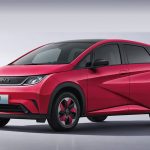
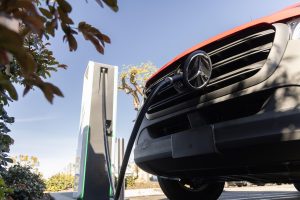
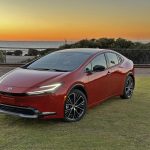
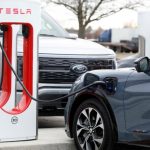
0 Comments